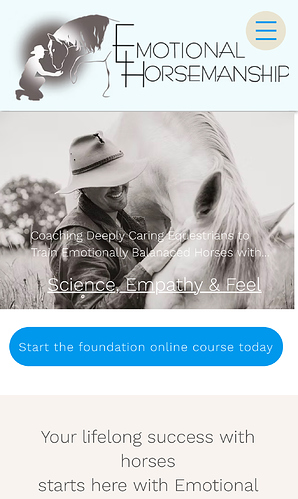I think something a lot of people are not thinking about, especially with horses, is a thing called “learned helplessness”.
Learned helplessness is the concept in psychology where the subject does not resist/try to escape/otherwise exhibit non-conforming behavior because they had previously been taught they cannot.
An example of this is breaking away from the halter - a horse could relatively easily break away from most halters (maybe not a rope halter, but the regular nylon, especially with leather crown piece) and could most definitely drag us around should we be foolish enough to try to hang on.
The horse generally stops when it hits the end of the lead because it has been taught as a foal that it cannot escape. There are exceptions, of course - such as my mare’s dam or the horse I saw at a show that set back until he broke the halter, walked a few steps from the trailer (leaving his buddy and a hay net) and started grazing calmly.
However - if you think your horse doesn’t break the halter and run off when spooked purely because it “consents” to your presence, you are fooling yourself about how much your horse loves you over it’s flight instinct. Are there horses out there that will run to a human in times of danger? I’m sure there are but they probably had a LOT of work on the ground to develop that trust and find the human to be the equivalent of the herd leader.
I do think mindful training is important - does your horse like it’s job? Are ears perked when you ride? Is it relaxed? Is it comfortable in it’s surroundings? Does it run when you try to catch it?
I knew a horse that would run from you next time you tried to catch it if you two had a bad ride last time. The previous rider just treated the running as “bad behavior”. When I started riding, I noticed the pattern and worked on my riding.
I knew a mare that the barn owner and assistant had trouble catching because they ignored the cause/effect of behavior. If she leaned away from you when you walked to her and you didn’t stop moving, she would run. All you had to do was stop moving and wait for her to relax (this took seconds so isn’t a big deal).
There are many ways to be mindful and understand your horse’s personality but consent? Especially consent for everything? NO


